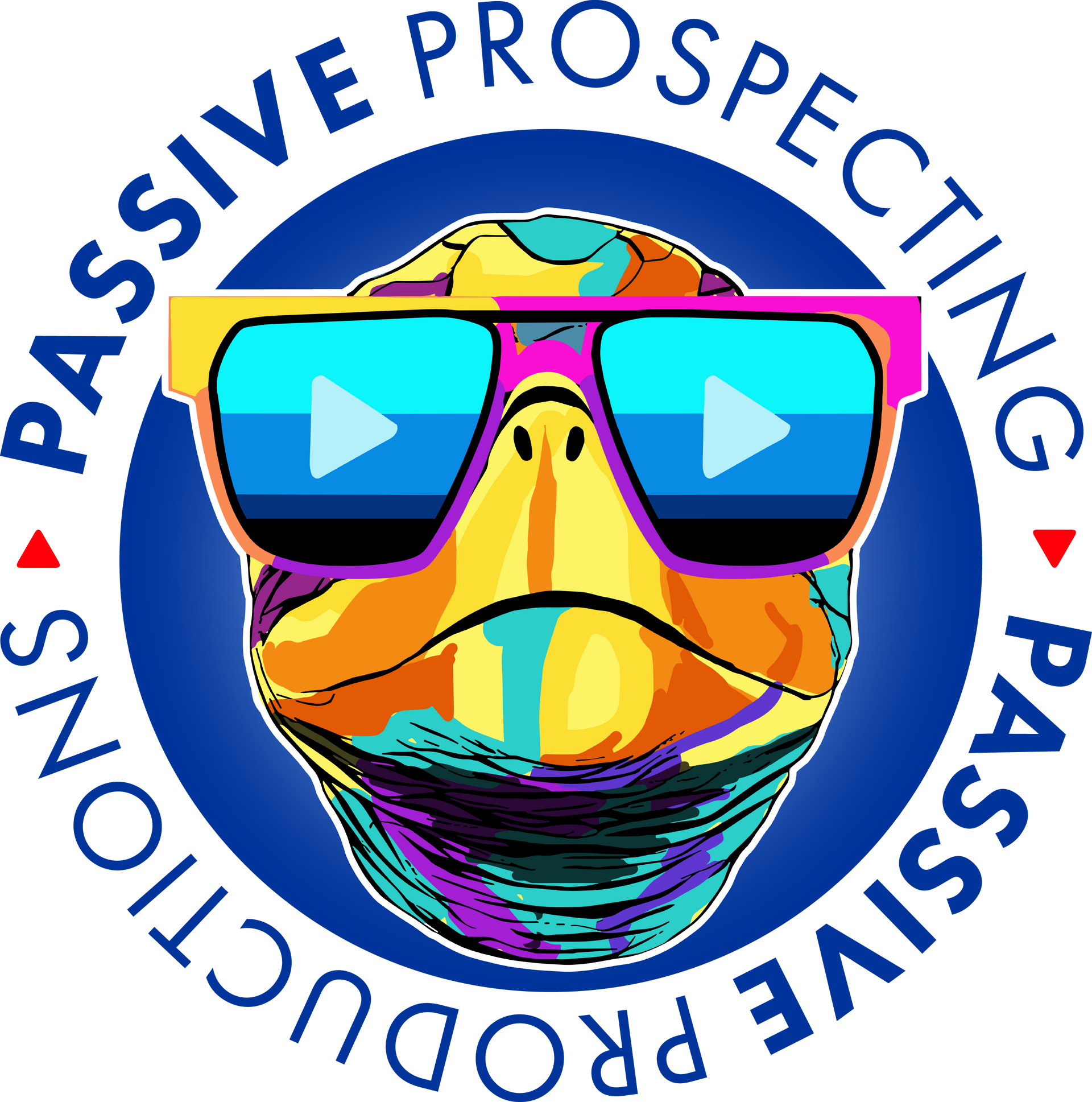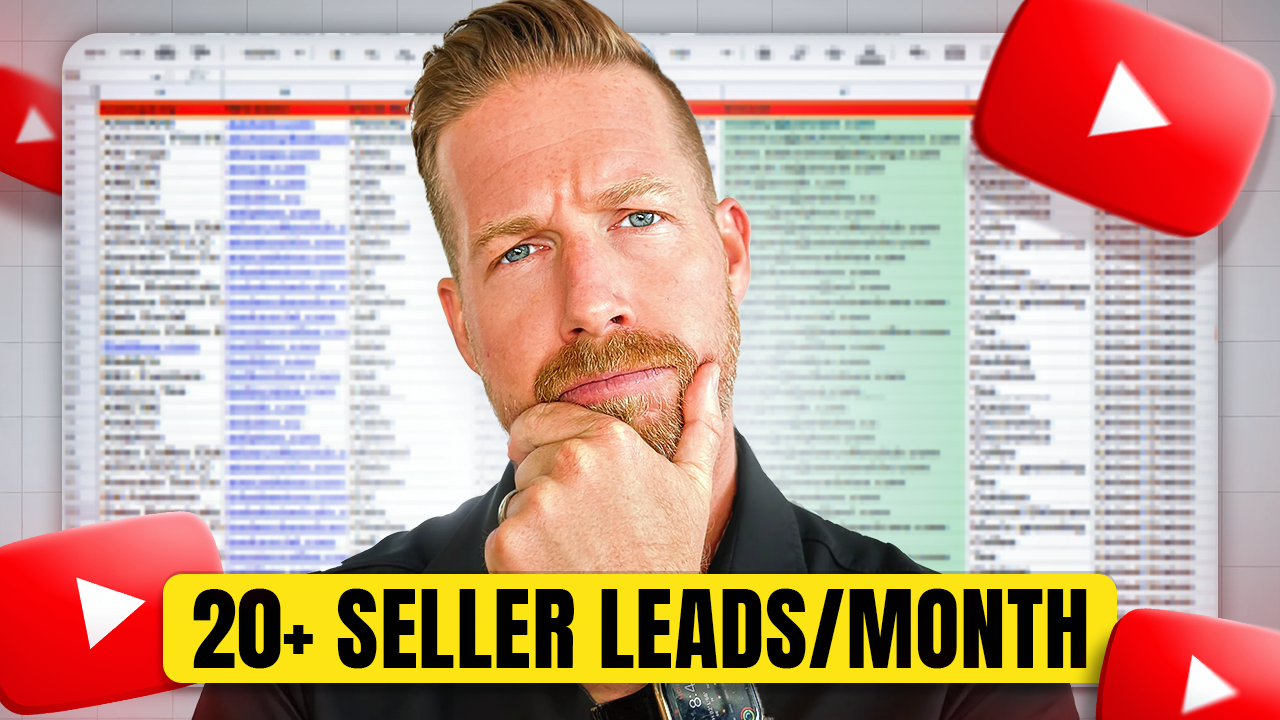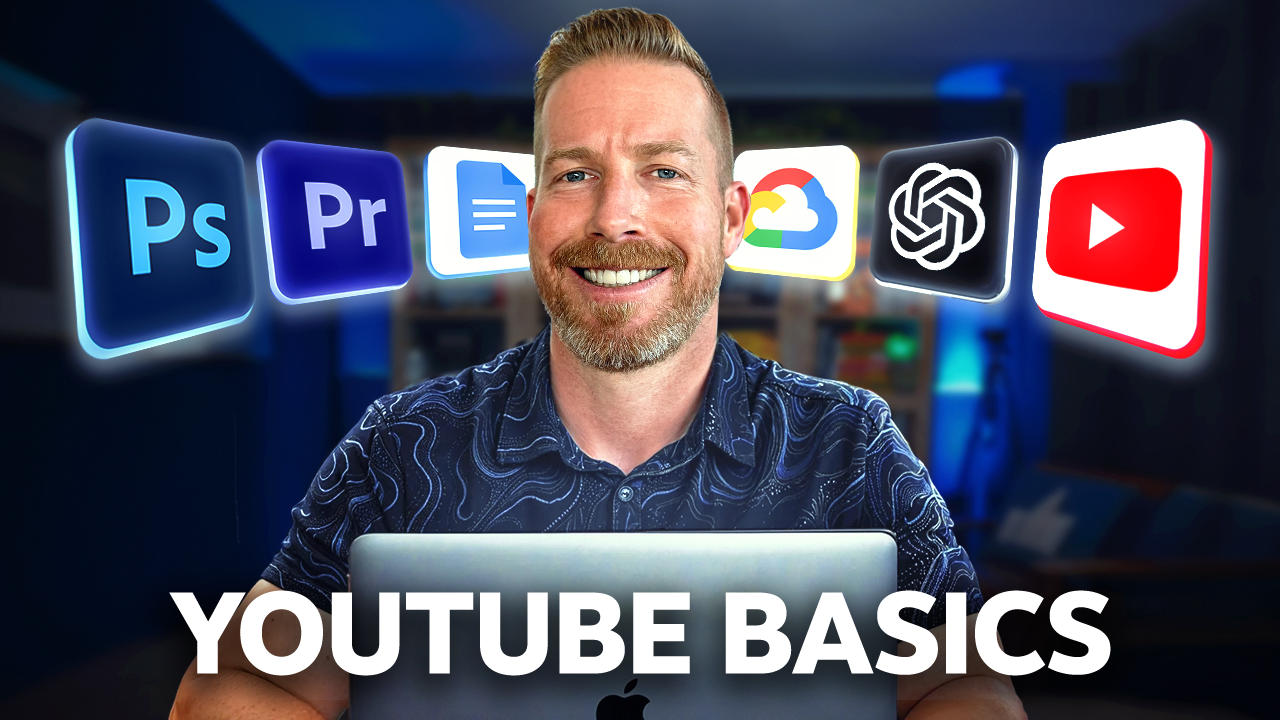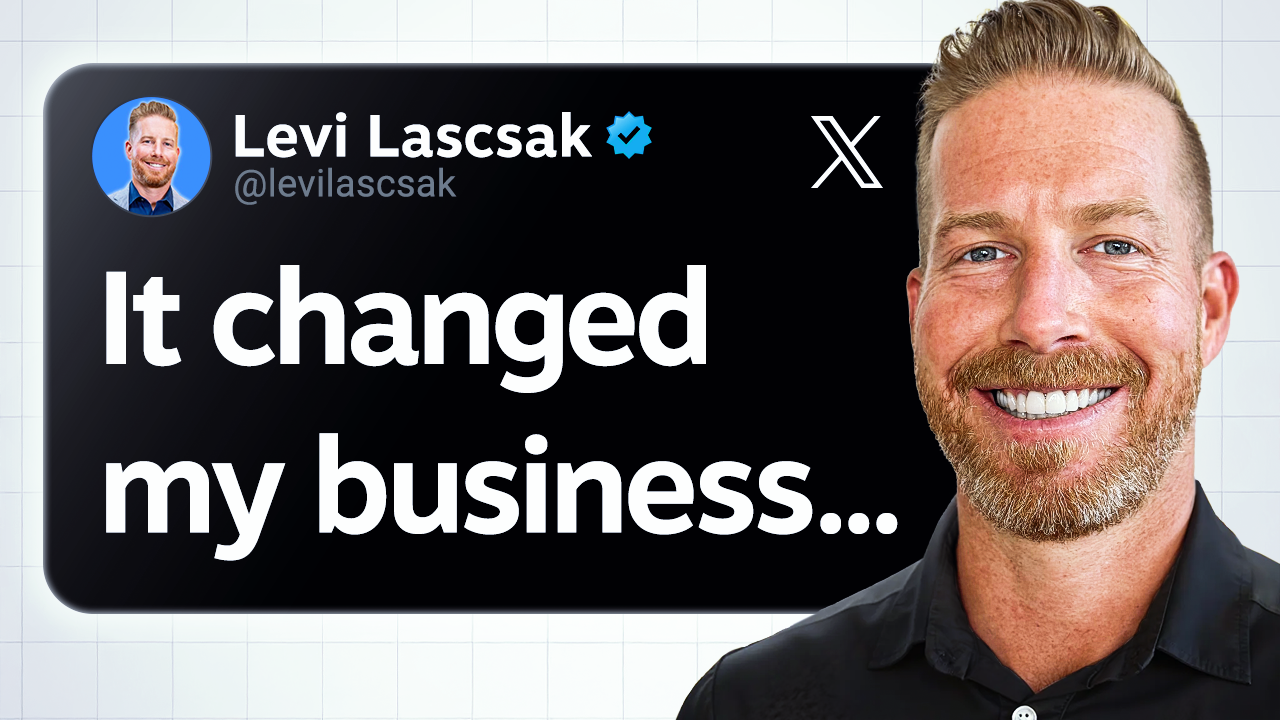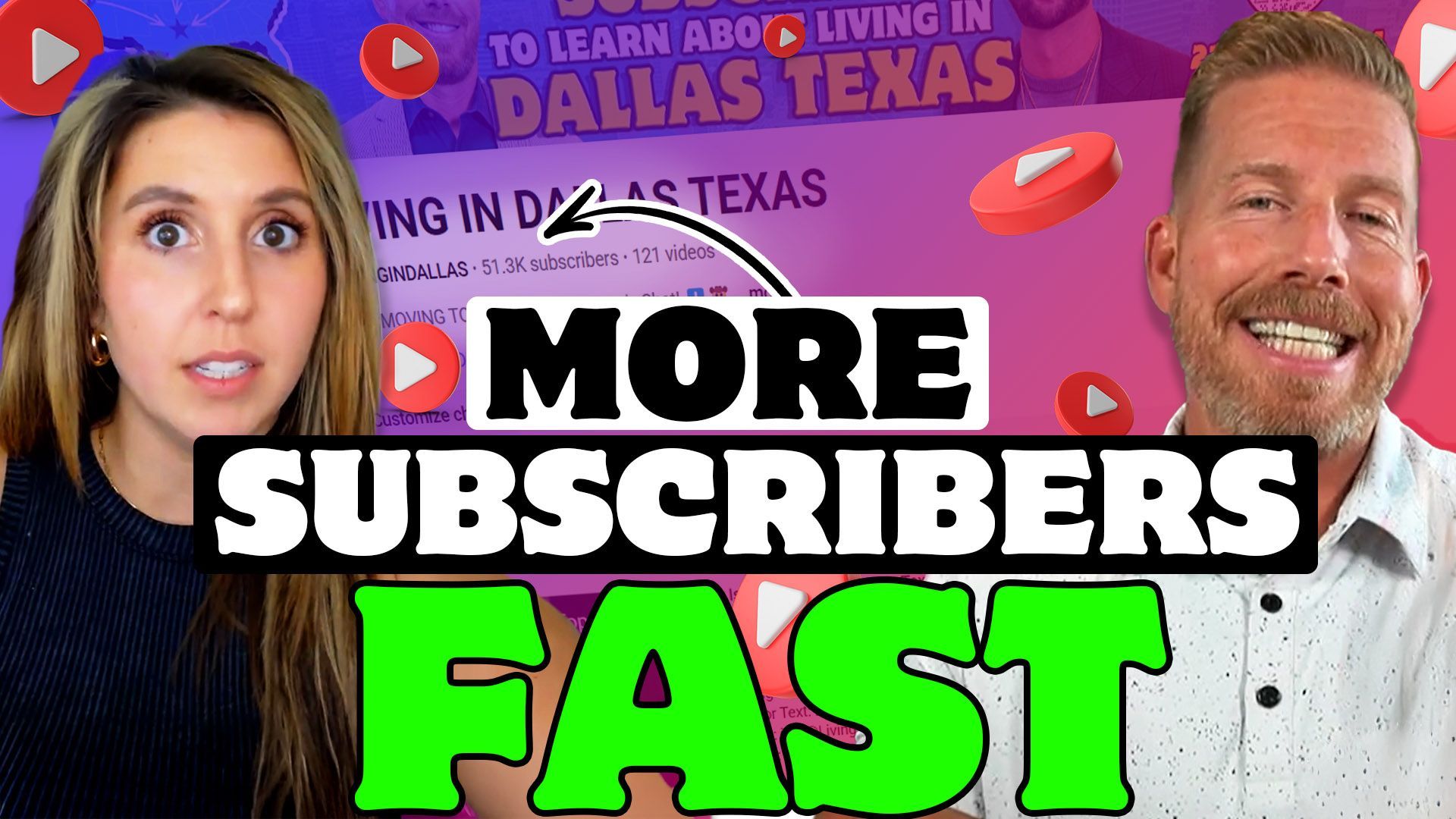How YouTube Can Transform Your Business & Personal Brand | ConnectCon 2024
In the world of business, understanding the difference between marketing and branding is crucial for achieving long-term success. These two concepts are often used interchangeably, but they serve different purposes and are fundamental to a company's growth and visibility. This article delves into the significance of marketing and branding, explores how they differ, and offers insights into how businesses can leverage both to create a lasting impact.
What is Marketing?
Marketing is often seen as the driving force behind a business's ability to attract customers. It involves a wide range of strategies and techniques aimed at promoting products or services. Here’s what marketing typically encompasses:
- Advertising: Paid campaigns to increase visibility and generate interest in a product or service.
- Direct Sales: Engaging with potential customers directly through sales teams or outreach efforts such as emails or phone calls.
- Promotions: Offering discounts or special offers to encourage purchases.
- Social Media Campaigns: Using platforms like Instagram, Facebook, or YouTube to reach target audiences.
Marketing can be considered a pursuit. This is because businesses are actively working to reach customers and encourage them to make a purchase or take an action. However, marketing on its own is not enough for building a strong foundation. It's only the first step in the overall business strategy.
What is Branding?
Branding, on the other hand, is the way in which a company builds its identity and reputation over time. It’s about establishing trust, recognition, and a lasting impression in the minds of consumers. Key components of branding include:
- Logo and Design: A visual identity that communicates what the company stands for.
- Brand Voice: The tone and manner in which a company communicates with its audience, whether casual, professional, humorous, etc.
- Company Values: The principles and beliefs that the brand stands behind.
- Customer Experience: The interactions customers have with the business, from their first encounter to post-purchase support.
Branding can be considered attraction. Unlike marketing, which seeks to actively find customers, branding builds a foundation where customers are drawn to the business naturally. Once a company establishes a strong brand, customers tend to seek them out because they trust the company’s values and what it represents.
The Difference Between Marketing and Branding
Understanding the difference between marketing and branding is crucial for businesses looking to grow and thrive.
Here’s a simple breakdown:
- Marketing is the active effort to reach out to potential customers and drive them to make a purchase. It's a short-term, tactical strategy.
- Branding is the ongoing process of shaping the perception of a company. It's a long-term, strategic effort that helps businesses develop a loyal customer base.
One way to think about this is through the lens of a company like Apple. In the early stages, Apple invested heavily in marketing to get the word out about their products. However, over time, they built such a strong brand that their customers now seek them out, and the need for aggressive marketing is no longer as necessary.
Leveraging Branding for Long-Term Success
While marketing is essential for driving immediate sales, branding is what keeps customers coming back for the long haul. Here’s how businesses can use branding to their advantage:
1. Build Trust and Loyalty
- Customers are more likely to make repeat purchases from a brand they trust. Establishing a consistent and authentic brand presence helps build trust over time.
2. Create a Unique Identity
- A well-developed brand sets a business apart from competitors. By clearly defining your brand's personality, values, and voice, you can create a unique identity that resonates with your target audience.
3. Attract Customers Organically
- Effective branding attracts customers without the need for heavy advertising. By creating content that reflects your brand values, you can foster a loyal following that shares your content and refers others.
Content Creation as a Tool for Branding
Content is a powerful tool for both marketing and branding. Creating valuable, relevant, and engaging content helps businesses:
- Educate their audience: By providing useful information, businesses can build credibility and trust.
- Engage with potential customers: Engaging content invites conversations and creates an emotional connection with the audience.
- Attract organic traffic: Well-crafted content can bring customers in through search engines or social media, all without the need for ads.
Take, for example, the success of a YouTube channel. A real estate agent may create a channel that provides helpful tips about buying homes in a particular city. Over time, this content attracts potential homebuyers who are interested in working with an expert they know and trust, rather than relying on cold calls or ads.
The Importance of Personal Branding
In today’s digital world, personal branding is becoming increasingly important. Many entrepreneurs and business leaders are using personal branding as a way to connect with customers on a deeper level. Personal branding helps:
- Humanize the business: People want to do business with people, not faceless corporations.
- Showcase expertise: Personal brands allow individuals to showcase their skills and knowledge, positioning them as thought leaders in their field.
- Create meaningful relationships: Personal branding helps businesses form more personal connections with their audience, which can lead to more meaningful and long-lasting relationships.
Conclusion
The distinction between marketing and branding is fundamental for the growth of any business. Marketing helps you reach potential customers, while branding creates a foundation that keeps them coming back. By focusing on both, businesses can achieve not only immediate sales but also long-term loyalty and success. In the digital age, content creation and personal branding are invaluable tools that businesses can use to enhance both their marketing efforts and brand presence. When done right, marketing and branding work hand-in-hand to build a sustainable, successful business.
Building and Growing a Personal Brand: A Comprehensive Guide
Building a personal brand is an essential part of professional development and success, especially in industries where trust and credibility are paramount. Whether you're just starting your career or looking to enhance your existing brand, understanding the strategies and nuances of personal branding can significantly impact your growth. This article breaks down the key components of personal branding, strategies for success, and how to adapt over time.
Understanding Personal Branding
A personal brand goes beyond the products or services you represent. It’s about how you present yourself to the world—your values, expertise, and the image you cultivate. A strong personal brand can help you stand out, attract opportunities, and build lasting relationships in your field.
Key Elements of a Personal Brand:
- Identity: How you define yourself and what you stand for.
- Reputation: The perception others have of you based on your actions and values.
- Consistency: Maintaining a consistent message and presence across all platforms and interactions.
Age and Experience: How They Influence Your Personal Brand
One crucial factor that impacts how you build your personal brand is your age and level of experience. People of different ages face different expectations when it comes to attracting an audience, and these expectations shape the way you should approach your branding efforts.
Under 30: Documenting the Journey
For those under 30, there is an opportunity to document the learning process. People are more forgiving of inexperience, and showing your growth can be highly engaging. Sharing your journey as you learn and evolve can attract a supportive audience who is excited to follow along as you gain expertise.
Over 30: Focus on Results and Credibility
For those over 30, the focus shifts to demonstrating results. At this stage, potential partners, investors, or clients are looking for proof of success. It’s essential to showcase your achievements and experience. Building your brand through real-world results, whether as a limited partner (LP) or general partner (GP), helps build credibility.
Starting from Scratch: Building Your Brand with Minimal Experience
If you are new to a field, it can feel daunting to build a personal brand from the ground up. However, leveraging your existing knowledge or life experiences can be a powerful way to attract an audience, even when you have minimal professional experience.
The Importance of Being Authentic
One of the key ways to build a personal brand, especially when you're just starting, is to be authentic. Sharing what you know, your experiences, and your passion for a particular subject can make you relatable and attract people who resonate with your message.
- For example, if you're starting in real estate and have lived in a city for many years, sharing your knowledge of the local area can attract an audience without needing to claim expertise in the industry.
- It's important to provide value and help others, which can position you as a trustworthy source, even if you're not yet a seasoned professional.
Growth Strategies: Leveraging Experience and Consistency
As you gain experience, your personal brand will evolve. One key to long-term growth is consistency, both in content creation and in the quality of your interactions with your audience.
Building on Experience
The most successful personal brands are often built on years of experience and learning. High-profile entrepreneurs like Cody Sanchez and Ryan Pan built their businesses for years before creating content about their success. They already knew how to communicate their value, which made their personal brand-building efforts far more effective.
The Power of Documenting the Process
Even if you’re newer to your field, documenting your process over time can establish your expertise and build credibility. This approach helps others see that you are committed to the journey, and it adds authenticity to your personal brand.
Content Creation and Social Media Platforms
In today’s digital age, personal brands are often built through content creation on social media platforms. However, it's essential to be strategic in your approach to avoid spreading yourself too thin.
Choosing the Right Platform
- Focus on One Platform: It's better to master one platform before branching out. Whether it's YouTube, Instagram, or LinkedIn, each platform has its unique strengths, and mastering one will help you reach your audience more effectively.
- Understand the Algorithms: Social media platforms use algorithms to determine what content is shown to users. By studying the platform’s system, you can tailor your content to increase visibility and engagement.
The Importance of Quality Content
Instead of just posting sporadically, take time to create content that provides real value. Your audience wants more than just surface-level content—they want insights, advice, or entertainment that resonates with them. The key is to start strong and maintain a high level of quality in your content.
The Power of Relationships: Engaging with Your Audience
Building a personal brand is not just about broadcasting your message; it’s about fostering relationships with those who follow you. Understanding how to connect with your audience can make all the difference in the long-term success of your brand.
Authentic Interactions
Engage with your followers by responding to their questions, comments, and feedback. These interactions help create a sense of community and can lead to stronger loyalty among your followers.
- For instance, when people reach out to you or express their appreciation for your content, make sure to acknowledge them and build a genuine connection.
Value Over Numbers
Instead of focusing on how many people follow you, prioritize the quality of the relationships you build. A smaller, engaged audience can be more valuable than a large, passive following.
Evolving Your Brand: The Long-Term Strategy
Over time, your personal brand will naturally evolve as your goals and experiences change. Embrace this evolution rather than resist it, and adjust your brand to reflect your current interests and aspirations.
Adaptation and Flexibility
As you grow and change, so should your personal brand. You may start in one area, but as your expertise expands, you might shift to new topics or industries. It’s important to remain flexible and adapt your brand’s messaging as you go.
- For example, many individuals in business start by focusing on one aspect, like marketing or real estate, and later diversify into new areas based on opportunities and personal growth.
Conclusion: Starting Today
Building a personal brand takes time, consistency, and intentionality. Whether you're just starting or looking to refine an existing brand, the key is to start now. Focus on sharing authentic content, building relationships, and staying true to your values. Over time, your personal brand will evolve, and so will your ability to engage with others and create meaningful connections.

